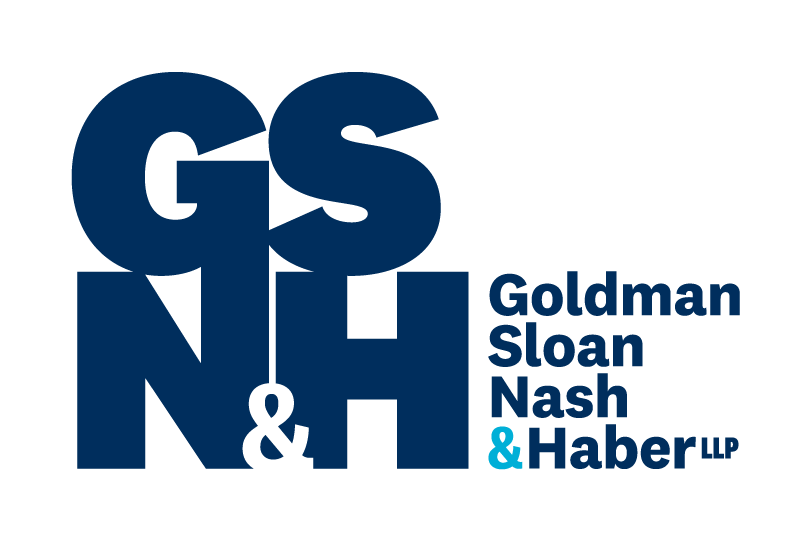The Facts
Iwasaki Electric Co. Ltd (Iwasaki) applied for registration of the trade mark HORTILUX in association with electric lamps, claiming December 31, 1997 as the date of first use in Canada. HortiluxSchrederB.V. (Hortilux) opposed the application on the basis, among others that it had used the mark in Canada in association with lighting reflectors before Iwasaki had first used the Mark in Canada.
The Trade-Mark Opposition Board granted Iwasaki’s application as it was concluded that Hortilux had not established that it had used the mark in Canada prior this first use by Iwasaki.
On appeal to the Federal Court, the judge reversed the decision of the Board. The judge said Hortilux had used the Mark in association with its lightreflectors before Iwasaki had used its mark. Iwasaki appealed to the Federal Court of Appeal.[1]
First Use by Hortilux
The party who first used the mark is entitled to obtain the registration for it but it is difficult in some cases to determine if a mark has been used. The Act provides that a trade-mark is deemed to be used in association with wares if, at the time of the transfer of the property in or possession of the wares, in the normal course of trade, it is marked on the wares themselves or on the packages in which they are distributed or it is in any other manner so associated with the wares that notice of the association is then given to the person to whom the property or possession is transferred.
Hortilux’s evidence of use consisted of invoices from it to a wholly owned subsidiary dated prior to October 1997 that accompanied its lightreflectors and on which the mark appeared. The hearing officerfound thatinvoices did not establish the use of the mark by Hortilux as the mark was not used in the body of these invoices.
The Judge did not agree and said virtually every factor referred to in previous cases supported a finding of “use”:
1. The mark appeared in very large font (different from the surrounding text) and in a stylized form with design elements (different from the surrounding text), and was prominent and distinguished from other matter in the invoices;
2. It was clear that HORTILUX at the top of the invoices was a reference to the trade mark HORTILUX as opposed to the company name. The company name appeared separately, immediately above the company’s address;
3. The recipient of the goods,was not an end consumer, but rather a distributor, who was familiarwith the Appellant’s business, and would understand that HORTILUX was distinguishing the source of the reflectors referred to in the invoice from the reflectors of others;
4. The only wares referenced in each invoice are reflectors and it was clear that the goods of only one manufacturer were being sold;
5. No other trade mark appeared in the invoices (whether in the body or otherwise).
The Appeal
On the appeal the court said that there was nothing to support the hearing officer’s decision and that the judge had not committed any error in arriving at his conclusion. As a result the appeal was dismissed and the application was refused.
Comment
Trade mark use is of fundamental importance under the Act as it can determine who is entitled to obtain a registration and other issues. The definition of trade mark use set out above for wares is restrictive and can sometimes result in decisions that business people find surprising. The key to ensuring that your trade marks are protected is to make sure they are correctly used.
[1]. Iwasaki Electric Co. Ltd. v. HortiluxSchreder B.V.2012 FCA 321
John McKeown
Direct Line: 416-597-3371 | mckeown@gsnh.com
John focuses on providing advocacy and advice concerning intellectual property and related matters, including protecting trade-marks, copyrights, patents, confidential information and misleading advertising and claims under the Competition Act. A growing component of his work relates to intellectual property claims on the Internet, including domain name disputes.
These comments are of a general nature and not intended to provide legal advice as individual situations will differ and should be discussed with a lawyer.
